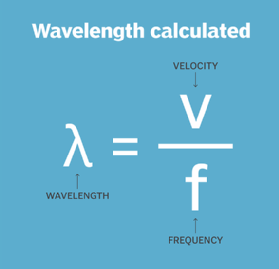

As we’ve covered in our past blogs in the Wireless Electronic Basics Series, radio waves are but one of many waves in the electromagnetic spectrum, which includes other family members like x-rays, gamma rays, infrared rays, and more. Sharing a Common Foundationīefore we even dive into the differences between WiFi and Bluetooth, it’s important to note that both of these technologies share a common foundation in the wireless electronics family through their use of radio waves.


But how exactly do these two technologies work that we rely on so heavily today, and how do you know which one to use in your first project? Let’s find out. While there are many ways to communicate wirelessly, the two kings of the wireless world deserve some attention in your list – WiFi and Bluetooth. Planning to start your first electronics design project? Chances are you’ll be including some kind of wireless functionality to communicate with the web or other devices. Wireless Electronic Basics: What is the Difference Between WiFi and Bluetooth?


 0 kommentar(er)
0 kommentar(er)
